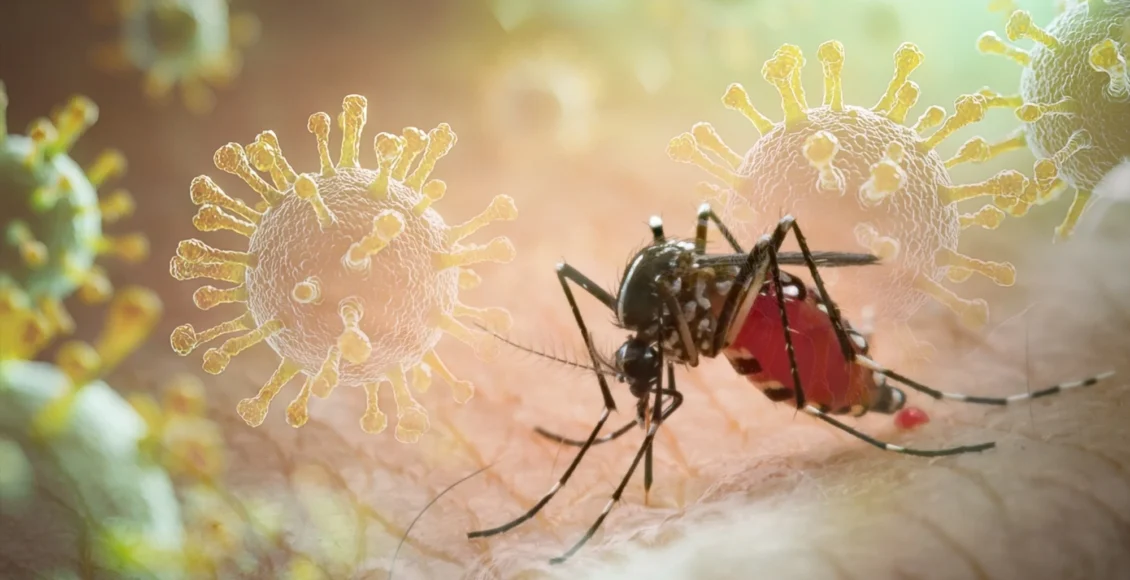WHO Raises Alarm Over Chikungunya Outbreaks as Climate Change Expands Mosquito Habitats
The World Health Organisation (WHO) is sounding the alarm over a potentially massive chikungunya epidemic, warning that billions of people are at risk as the mosquito-borne virus spreads across continents.
Chikungunya causes fever, extreme joint pain, and fatigue, often leaving patients debilitated for weeks. While the mortality rate is below 1%, large-scale infections could translate into thousands of deaths worldwide.
“We are seeing the same warning signs we saw 20 years ago,” said WHO’s Diana Rojas Alvarez, referring to the 2004–2005 chikungunya epidemic that spread from the Indian Ocean islands to multiple continents, infecting nearly half a million people.
Since early 2025, Reunion, Mayotte, and Mauritius have been hit hard, with one-third of Reunion’s population already infected. The virus is now spreading into Madagascar, Somalia, Kenya, and South Asia, while Europe has reported imported and locally transmitted cases in France and Italy.
The tiger mosquito (Aedes albopictus), a major vector of chikungunya, is expanding its range due to climate change, bringing the disease to regions previously unaffected.
“When populations have little immunity, the virus can infect up to three-quarters of people in a region,” warned Rojas Alvarez.
WHO has urged countries to take urgent preventive measures:
-
Eliminate stagnant water where mosquitoes breed
-
Use mosquito repellents and protective clothing
-
Strengthen early detection and response systems
With 5.6 billion people living in areas where chikungunya has been detected, WHO stressed that early action could prevent another global health crisis.



